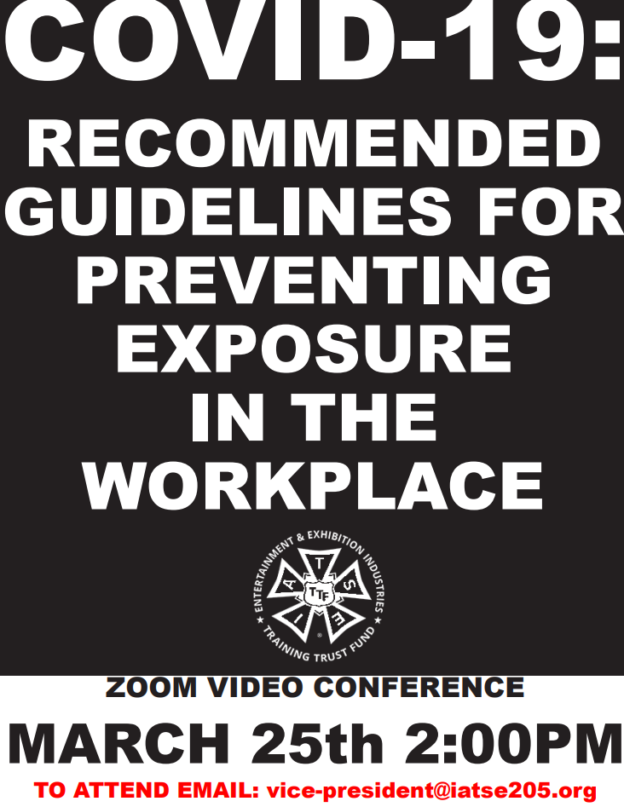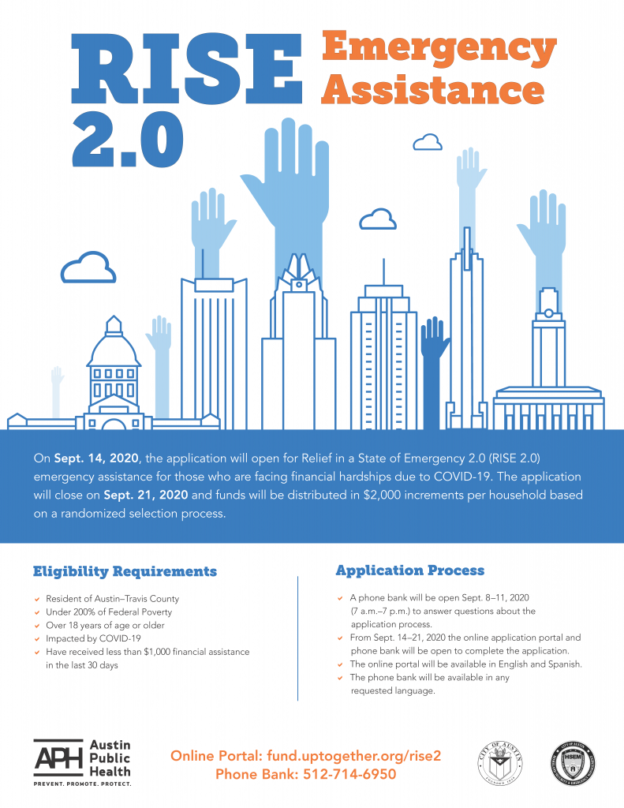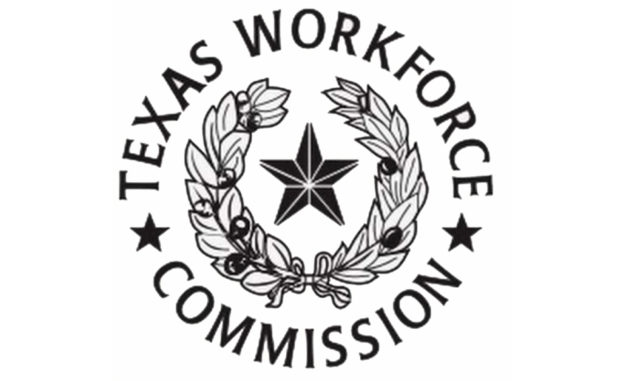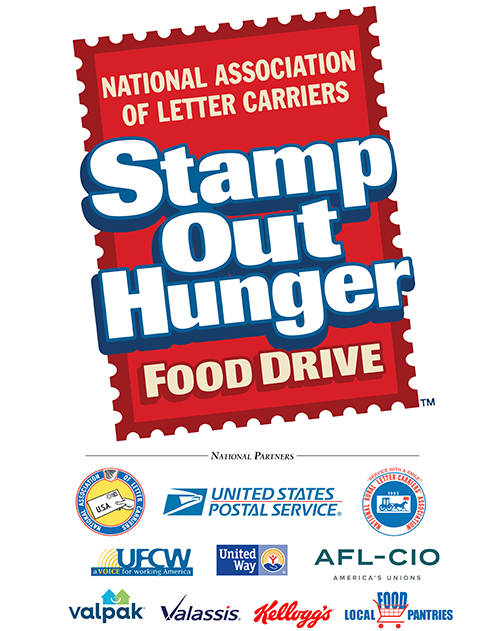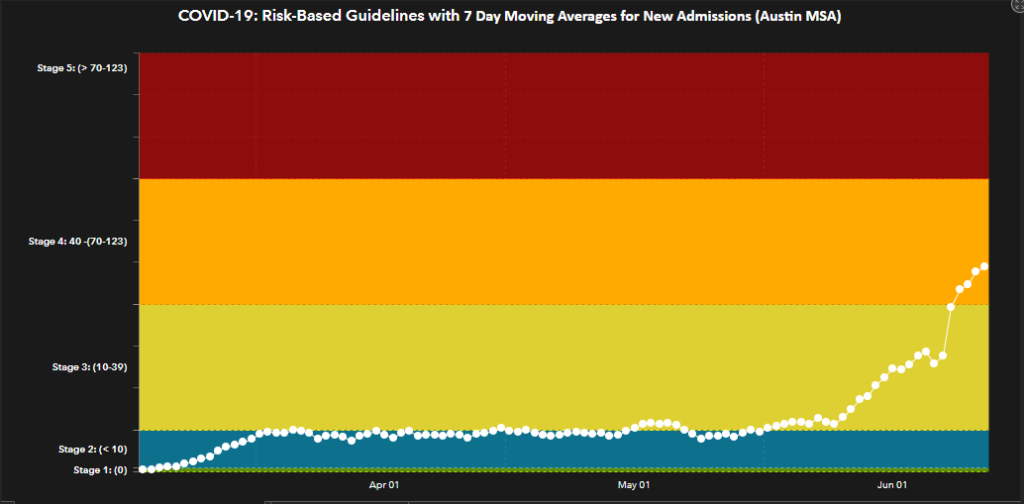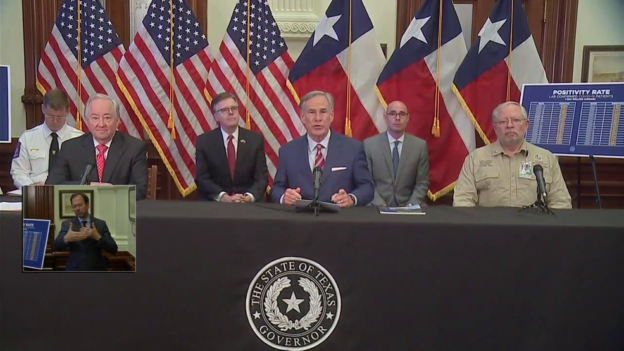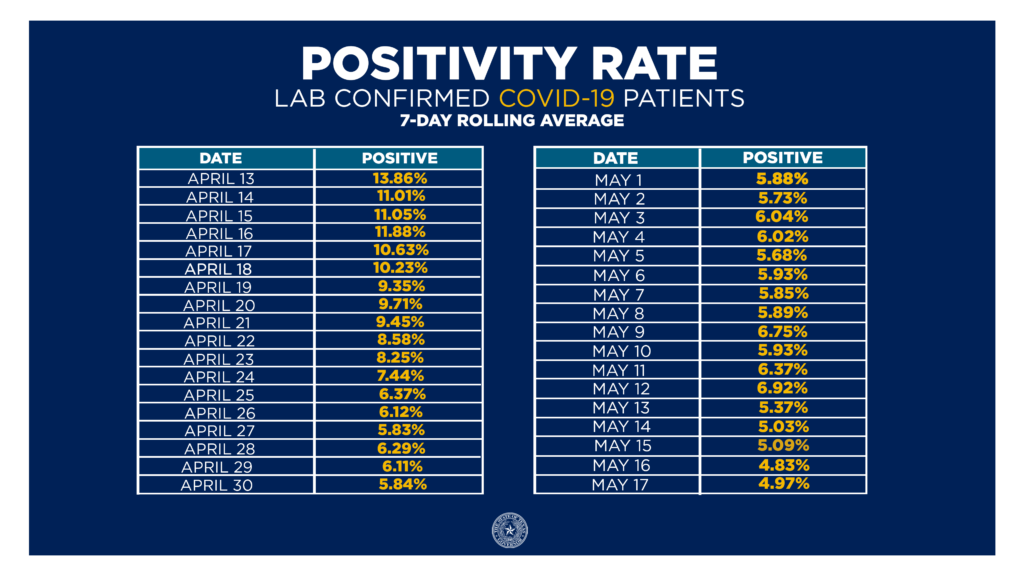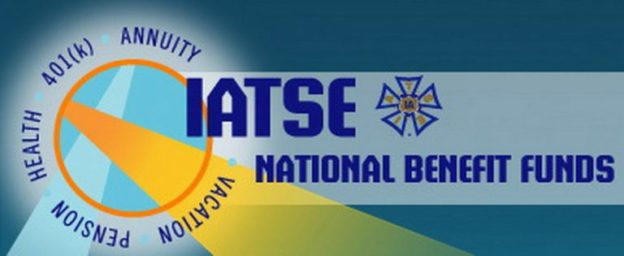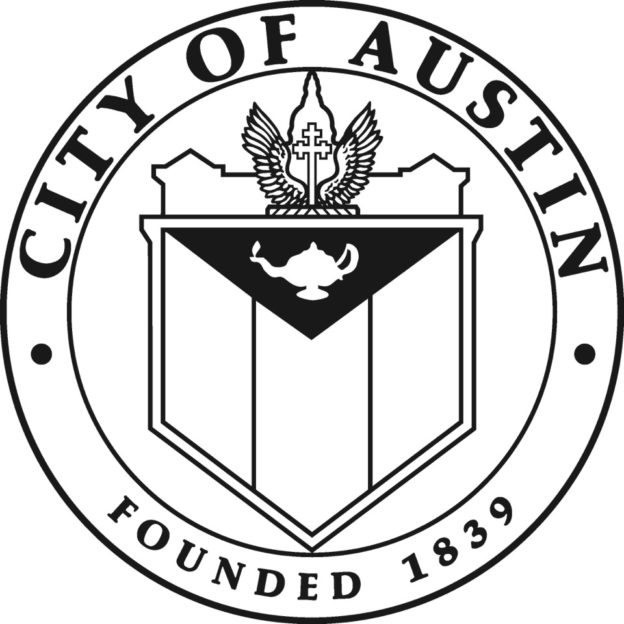UPDATE: TWC Has reported that the last week that will pay the LWA $300 extra is the workweek ending Sept 5th. The Funds had to be requested weekly from FEMA and after 6 weeks FEMA denied Texas’s request.
The following was sent via email to claimants 8/22 to clarify the Lost Wage Assistance Program benefit Texas is enacting due to the presidential executive order round of funding. Especially note that if your reason for loss of work on your original application was not noted as COVID-19, your next payment request should give you an opportunity to change/correct that.
The FAQ at this time does not estimate how many weeks this extra benefit will exist. Press and other sources are estimating 3-5 weeks.
On August 20, 2020, Texas Gov. Greg Abbott authorized TWC to submit the application for the additional $300 made available under President Trump’s Lost Wage Assistance Executive Order. TWC is working to implement this change as quickly as possible.
To help you understand how this program may impact your benefits, we’ve compiled frequently asked questions on the Lost Wage Assistance Program.
What is the LWA program?
President Trump signed four Presidential Memorandums on Aug. 8, 2020, including one to offer enhanced unemployment insurance benefits of $300 per week. The U.S. Department of Labor (DOL) and the Federal Emergency Management Agency (FEMA) continue to provide guidance to each state for the proper administration of the benefit. The Department of Workforce Services will continue to communicate the guidelines of the program as they are finalized by these federal agencies.
Who is eligible to receive the $300?
To be eligible for LWA benefits:
- Your weekly benefit amount must be $100 or more.
- You must receive at least $1 of benefits from one of the following programs:
- Regular unemployment insurance
- Unemployment Compensation for Federal Employees (UCFE)
- Unemployment Compensation for Ex-Servicemembers (UCX)
- Pandemic Emergency Unemployment Compensation (PEUC)
- Pandemic Unemployment Assistance (PUA)
- Extended Benefits (EB)
- Shared Work
- Trade Readjustment Allowances (TRA)
- You must certify that you are unemployed, partially unemployed, or unable or unavailable to work due to disruptions caused by COVID-19.
LWA is not payable to individuals collecting Disaster Unemployment Assistance (DUA).
I did not certify that my claim was COVID-19 related when I first applied, can I do so now?
If you have not previously certified that your claim is COVID-19 related you will be given the opportunity to do so on your next payment request.
I’m on a shared work program, how do I certify that my reduced hours are COVID-19 related?
If you are on a shared work program, TWC will reach out to clarify if your reduction of hours is COVID-19 related.
How do I apply for the additional $300?
If you are already receiving benefits, no application is required. Continue requesting payments as normal. Our team is updating the system. Eligible claimants should receive the additional $300 a week on their first payment request on or after 8/23/2020.
Will the additional $300 be backdated?
Yes, the President’s Executive Order allows for additional $300 a week to be backdate to the week of August 1, 2020.
Will the additional $300 appear on my account?
Like the previous additional benefits, this amount will not be added to the weekly benefit amount visible on your account but will be added when deposited.
Why is it an additional $300?
This is the amount set forth in the Presidents Executive Order and agreed upon by the State of Texas.
If my weekly benefit amount is less than $100, do I receive the additional $300?
If you receive less than $100 a week of unemployment benefits you are not eligible to receive the additional $300.
Is the additional $300 paid per week?
Yes. Since TWC deposits payments every two weeks, eligible claimants will receive an extra $600 every two weeks.
I returned to work between 8/1 and 8/23, do I qualify for backdated payments?
Yes, if someone returned to work between 8/1/2020 and 8/23/2020 they may be eligible. We will review those claims and if needed reach out to those individuals.

